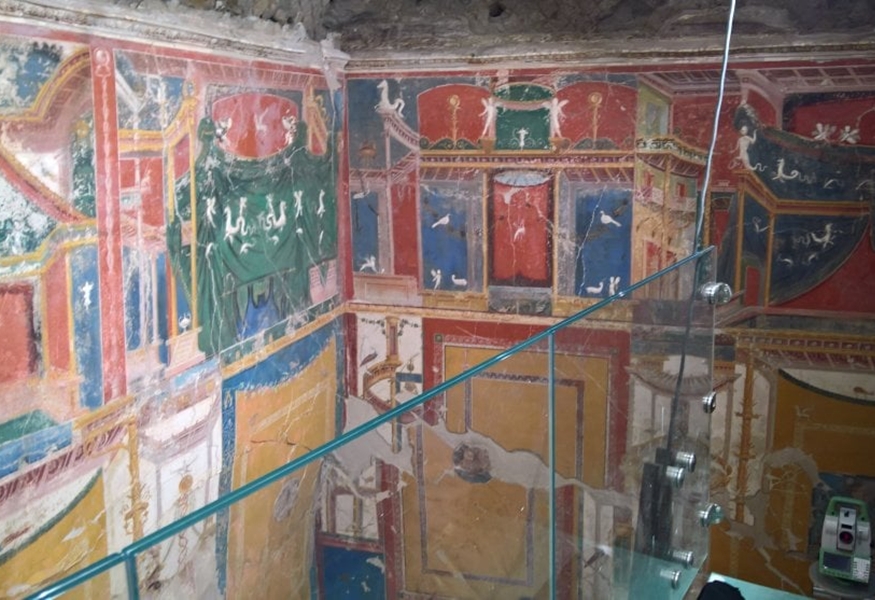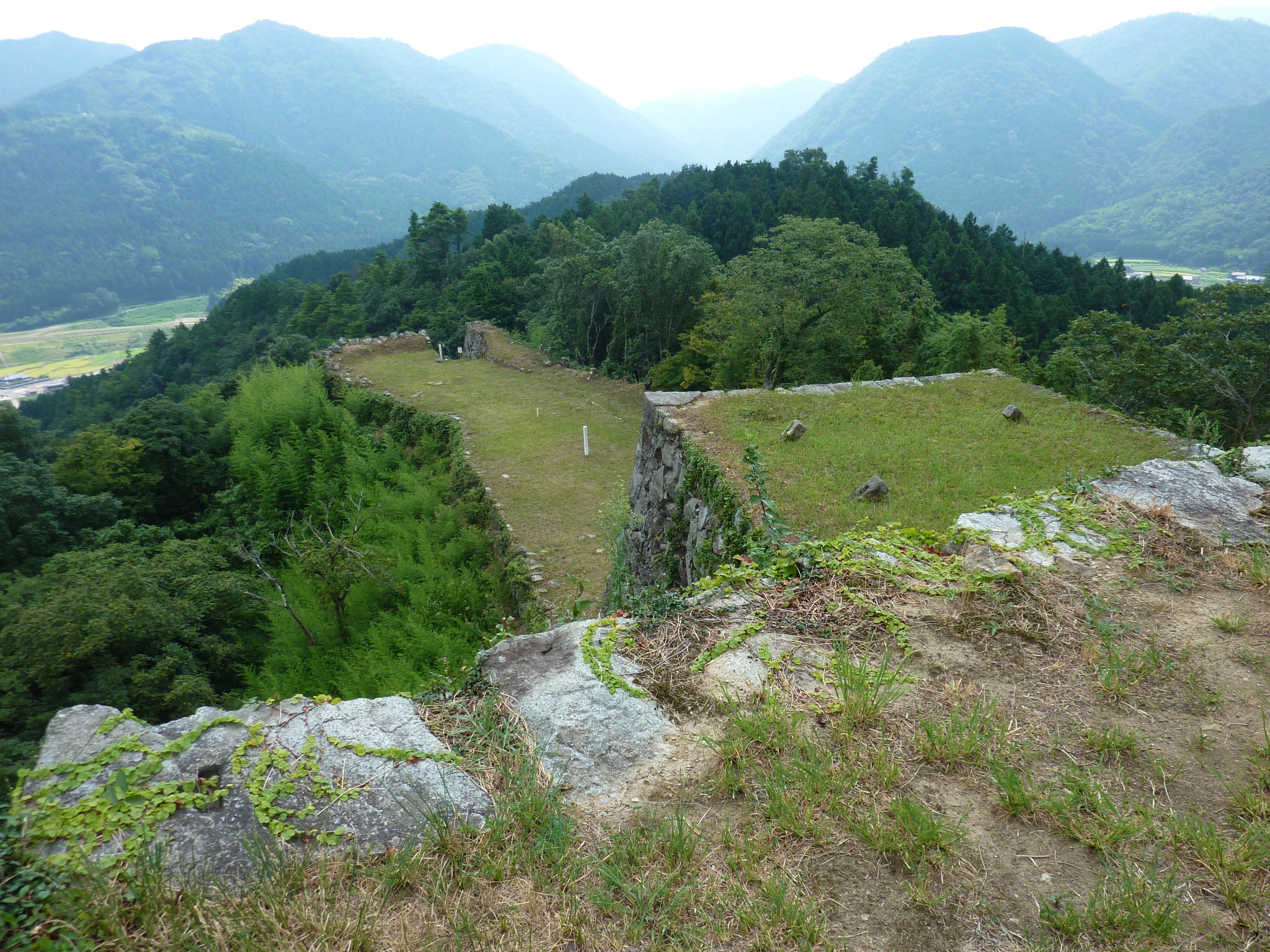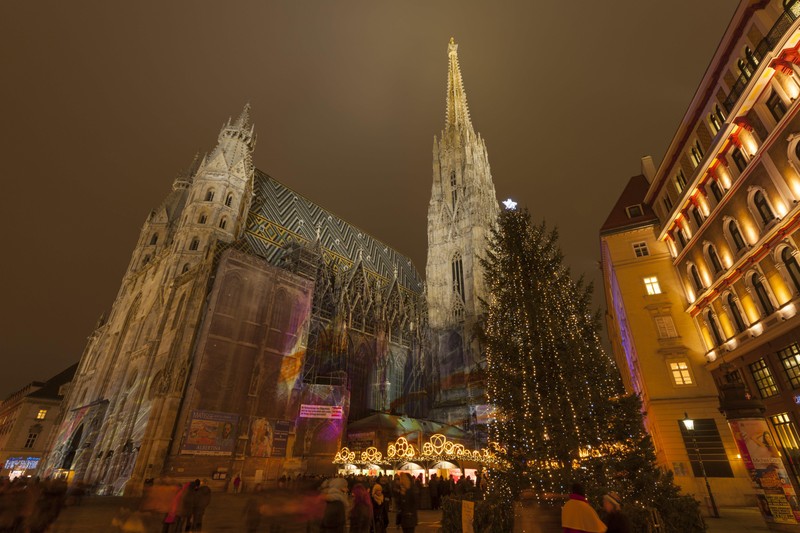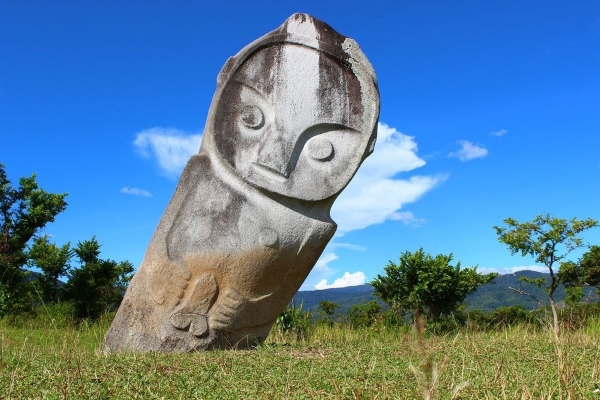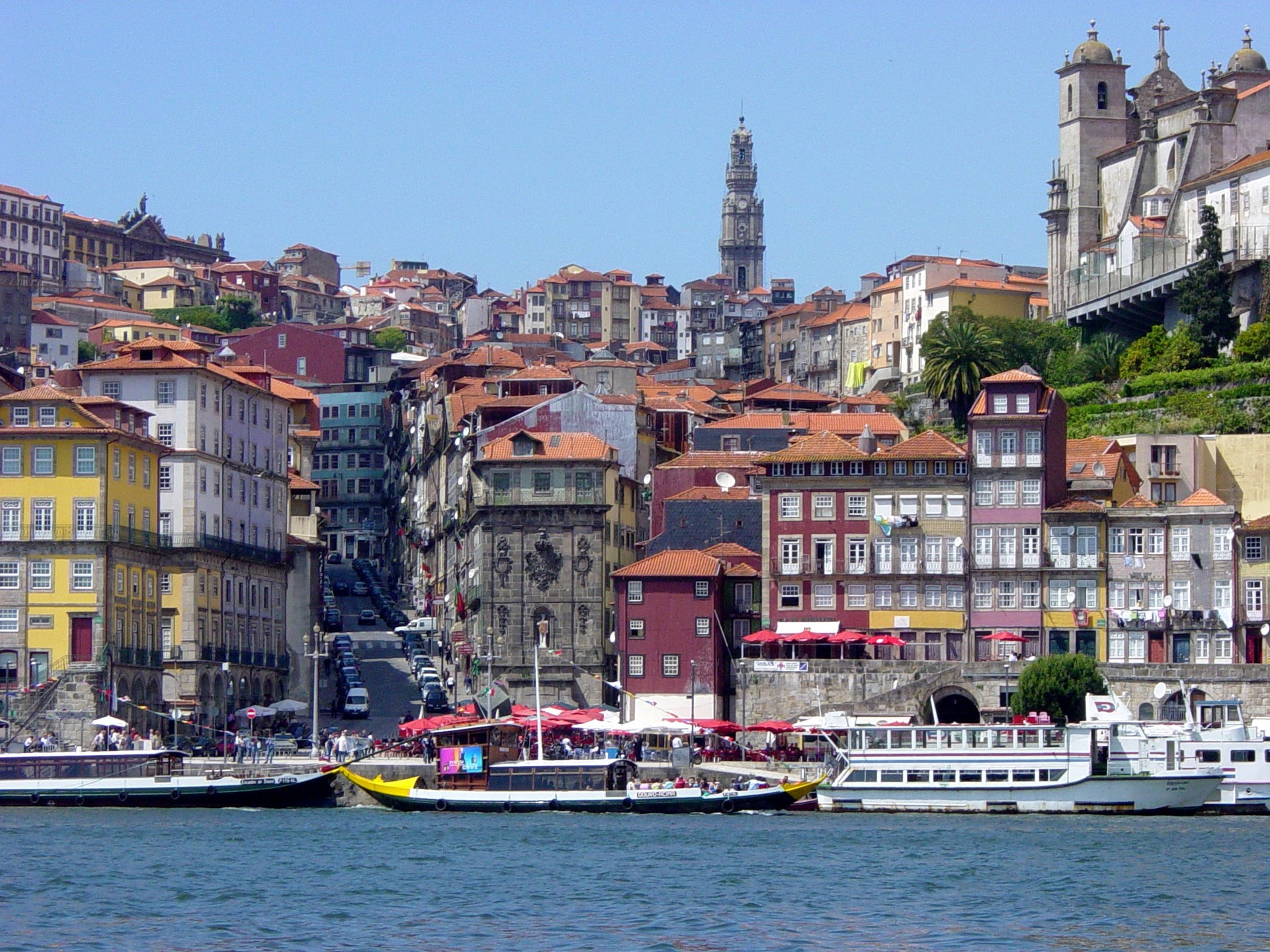Pearl in the pearl of the Amalfi Coast, buried by the eruption of Vesuvius in 79 A.D., unknown until a few years ago, the Roman Villa of Positano rises from the silence of the centuries.
Inside there is a necropolis but also archaeological finds of inestimable value such as artifacts, furnishings, braziers and a cycle of frescoes from the first century AD.
The Villa is located below the church of Santa Maria Assunta; opposite is the sea. Inside, ten meters deep, there are frescoes on the walls, hippocampi, golden columns, griffons and a winged pegasus. Considered the greatest archaeological discovery in the Coast in recent decades, the large frescoed room was buried by the rain of ash and debris from the eruption of the Neapolitan volcano that razed Pompeii and Herculaneum to the ground.
